Red Rock Mining offers a unique investment opportunity in a key sector of the global energy transition. The demand for copper, a critical metal for renewable energy and green technologies, is experiencing structural growth, supported by clear economic and industrial dynamics.

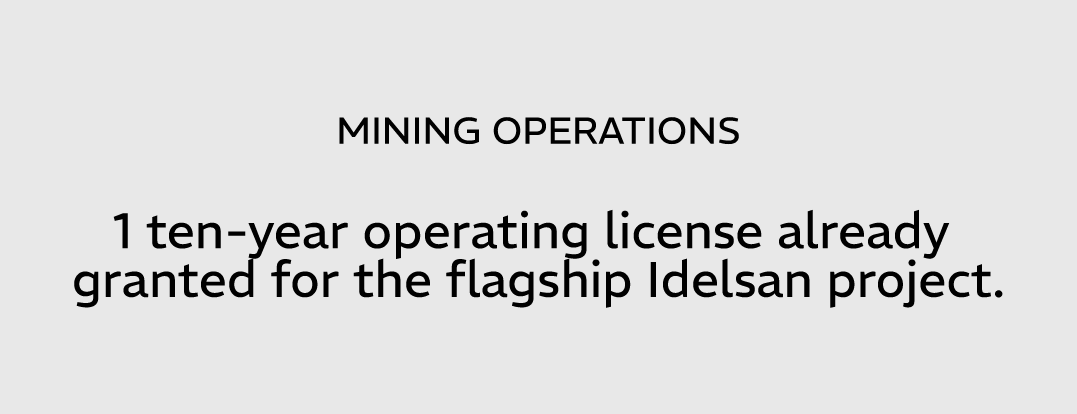

The major powers (United States, Europe, China) are seeking a “soft landing,” supporting the consumption of raw materials.
The industrial recovery in China and the objectives set by COP28/COP29 (tripling renewable capacity, gradual phase-out of fossil fuels) are strengthening demand for strategic metals such as copper.
Global copper supply remains constrained:
Scarcity of new mining operations,
Structural supply deficit,
Smelters already under-supplied with copper concentrate.
Result: a growing supply-demand imbalance.
Copper prices, stabilized around $8,500/t in 2023, are projected to reach $10,000/t in 2025 and $15,000/t by 2026–2027 (Goldman Sachs).
A lasting upward trend, driven by insufficient supply in the face of rapidly growing global demand.

Thanks to its unique properties (conductivity, strength), copper has become indispensable in modern societies.
As a critical material, it is essential for renewable energy and green technologies.
Low-carbon technologies – in energy and transport – require more copper than traditional energies.
Copper can be infinitely recycled without any loss of performance.
It enhances the efficiency of renewable energies while minimizing environmental impact.
Global consumption increases every year, driven by the energy transition and new technologies.
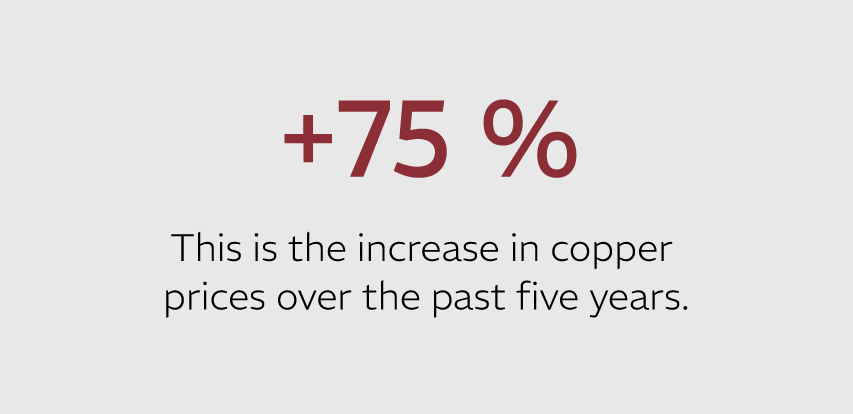
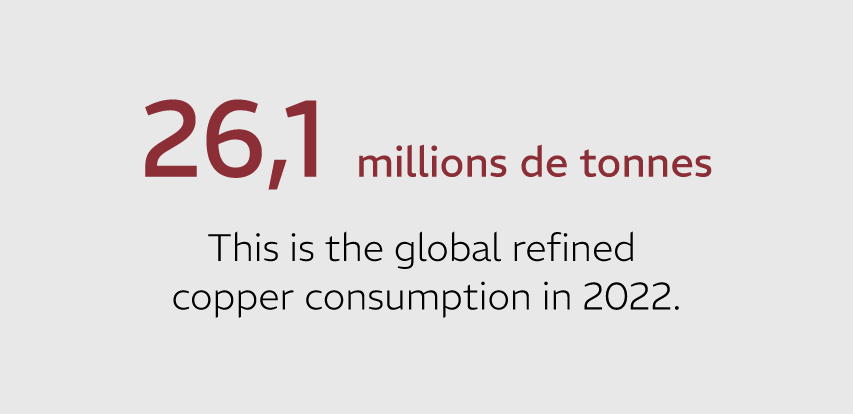
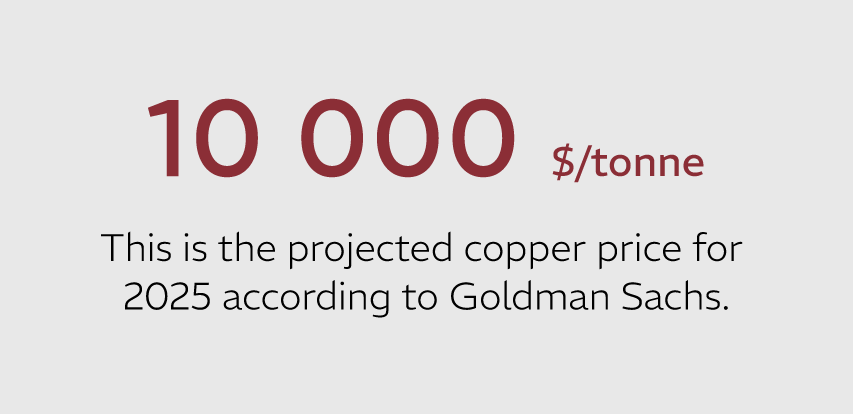
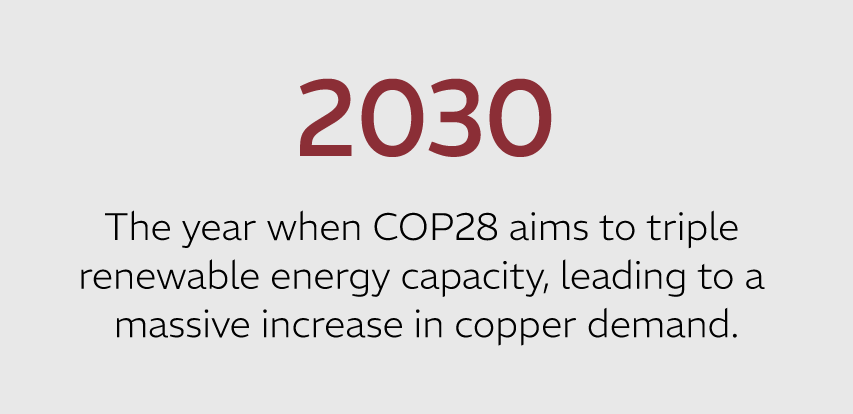
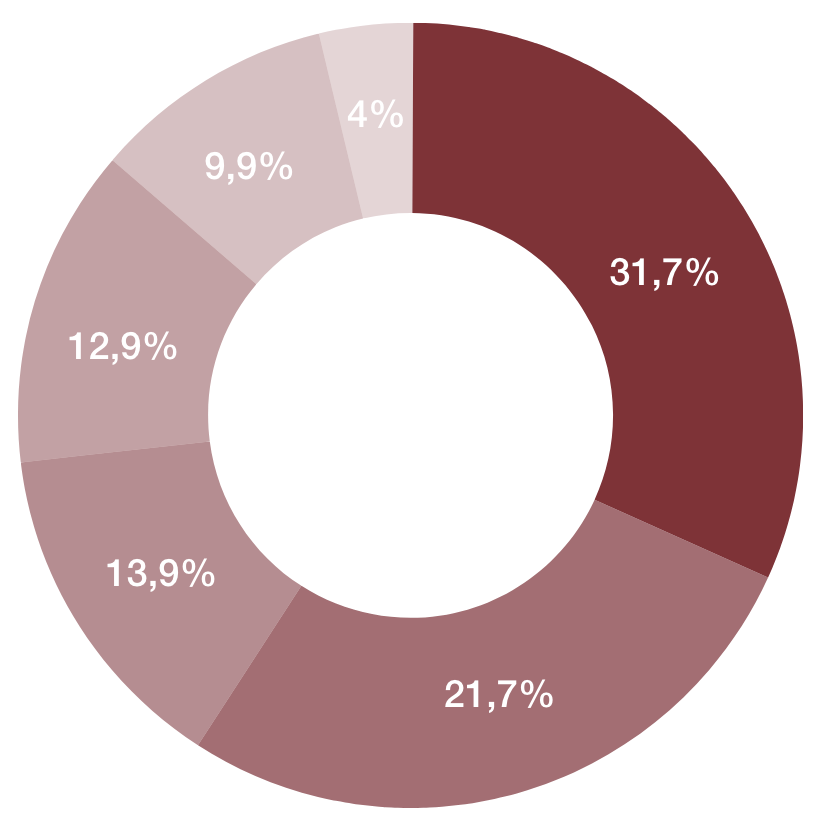
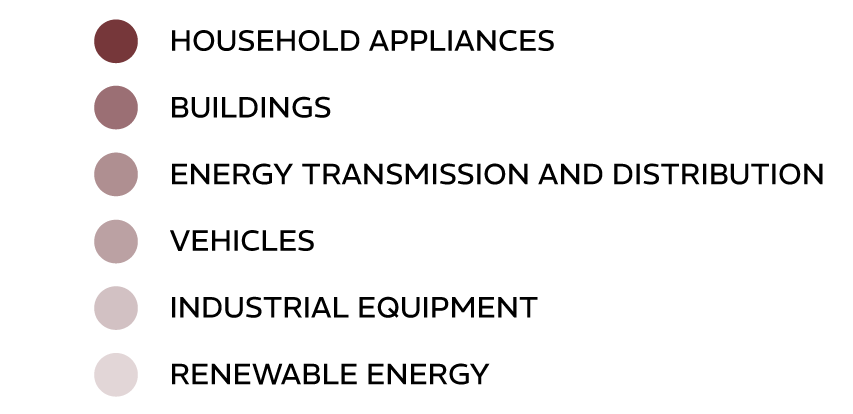
HM King Mohammed VI addressed Parliament:
“Our wish is that the new National Investment Charter will give tangible momentum to Morocco’s attractiveness for private investment, both national and foreign.”
Few new copper mining operations are emerging due to rising exploration costs and increasingly strict environmental constraints.
Moroccan soil is rich in copper resources that remain largely underexplored and underexploited.
Morocco has implemented an ambitious strategy to develop its mining sector, relying on a modern legal framework, responsible governance, and financial incentives to attract investors.
Through the Morocco Mines Plan 2021–2030, the country aims to strengthen sustainable industrialization and the sector’s social impact, while ensuring local and regional economic integration.
Located at the gateway to Europe and equipped with well-developed transport infrastructure, Morocco is ideally positioned to export copper to international markets.
This geographic proximity reduces logistics costs and increases the competitiveness of Moroccan copper on a global scale.
Copper prices evolve under the influence of several structural factors:
The balance between supply and demand is a key factor in determining copper prices. Demand for copper continues to rise due to growing needs, while supply struggles to increase sufficiently.
Raw materials play an increasingly important role in asset allocation. Copper is traded on the LME (London Metal Exchange) as a futures contract, with physical metal delivery upon maturity. The combination of these two factors amplifies demand for copper and its market valuation.
Production costs – including extraction, refining, and transportation – directly affect the final price. As these costs rise, they are reflected in higher copper prices.
Copper stock and reserve levels also influence prices. Stocks are at their lowest in 14 years and depend largely on politically unstable countries. Considering all these factors, the premium on copper is expected to persist in the coming years.